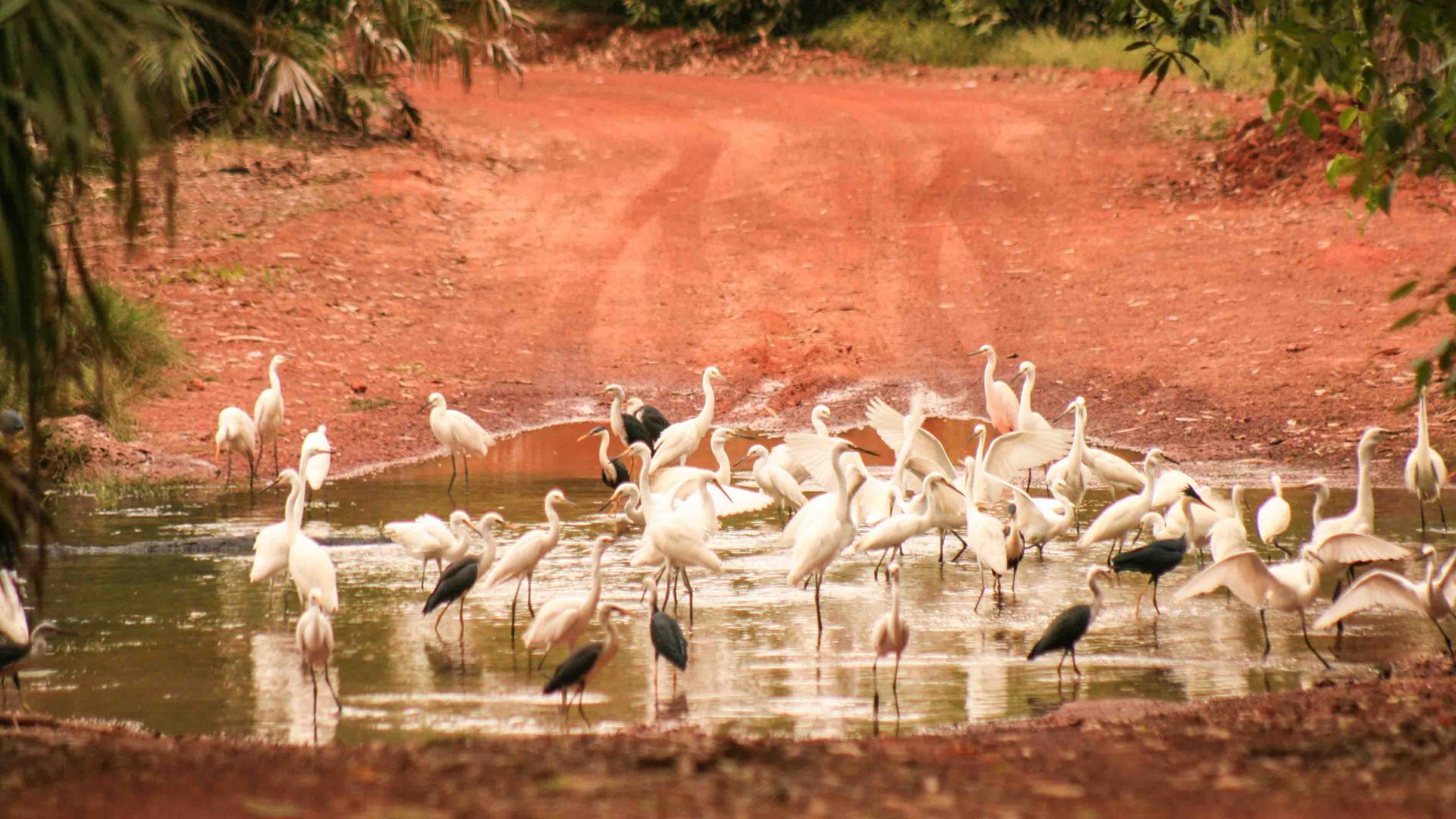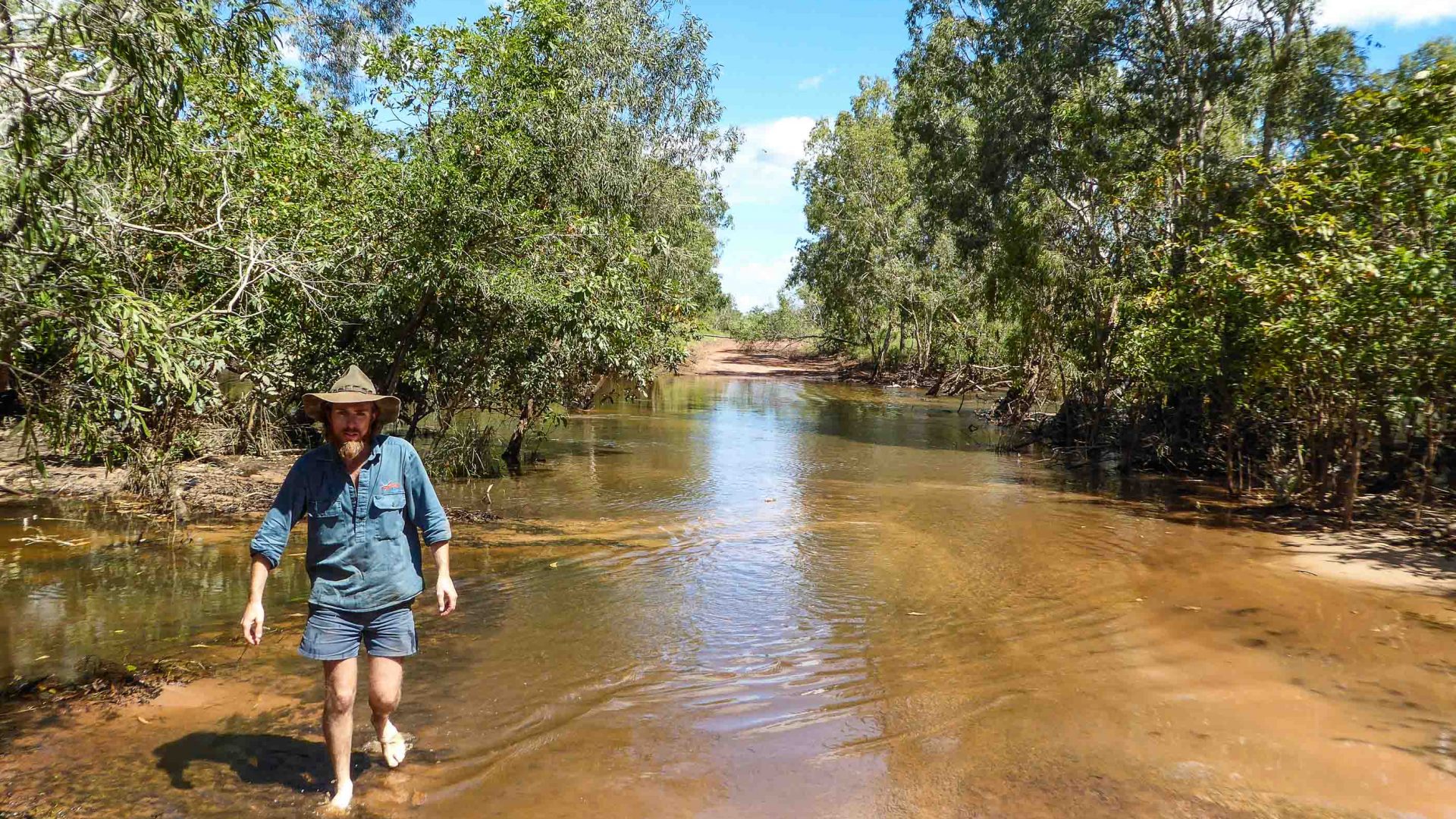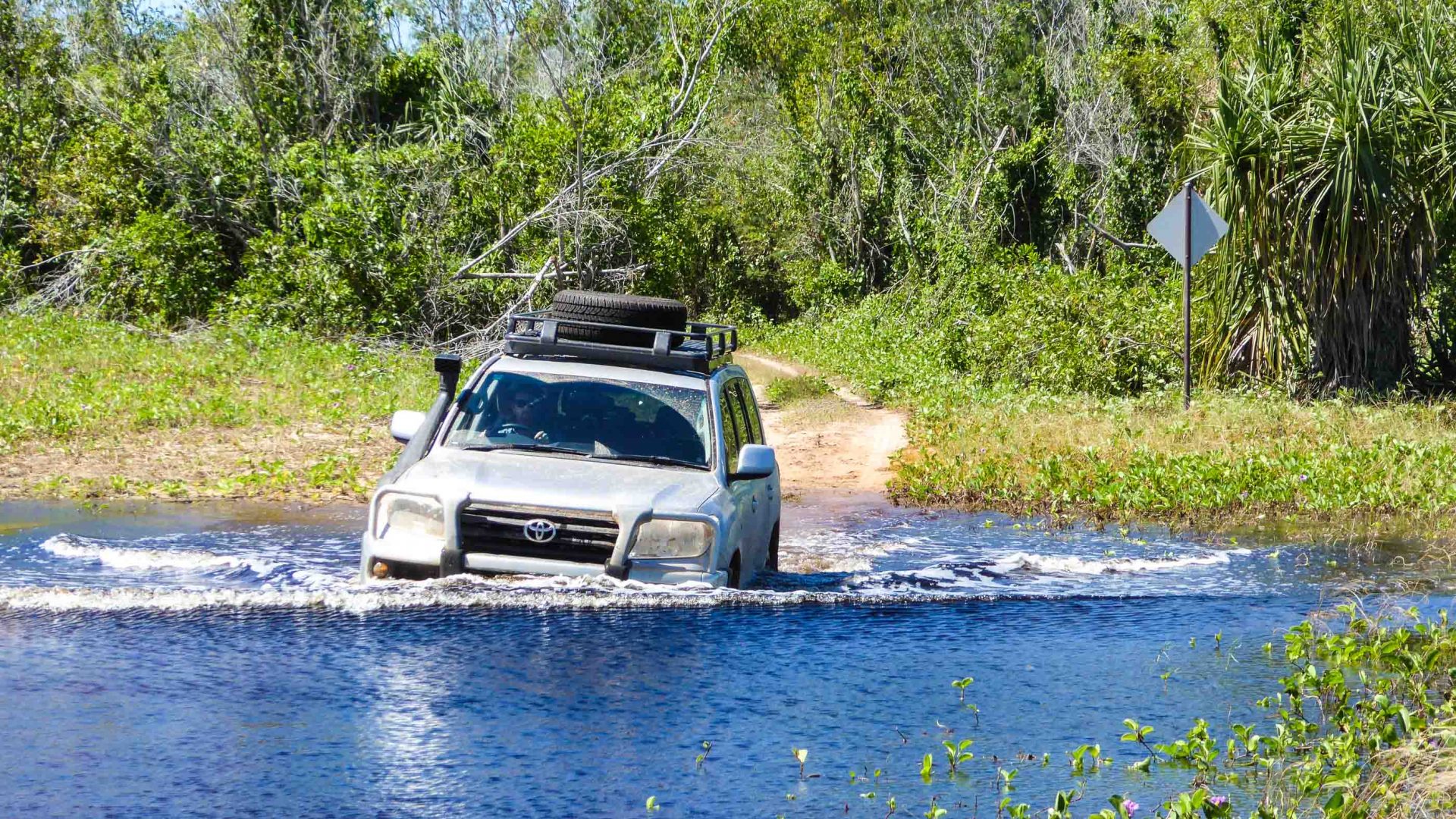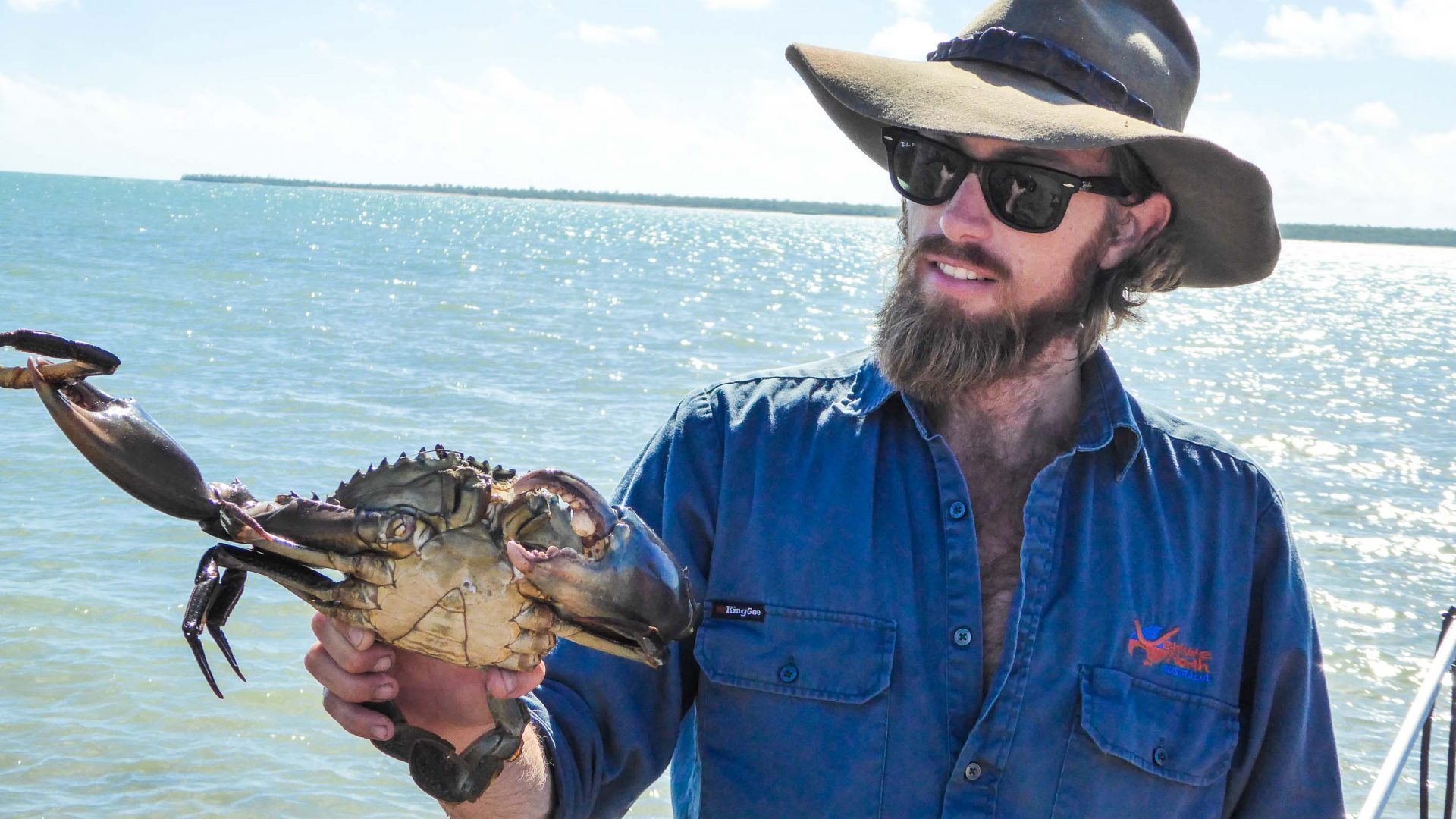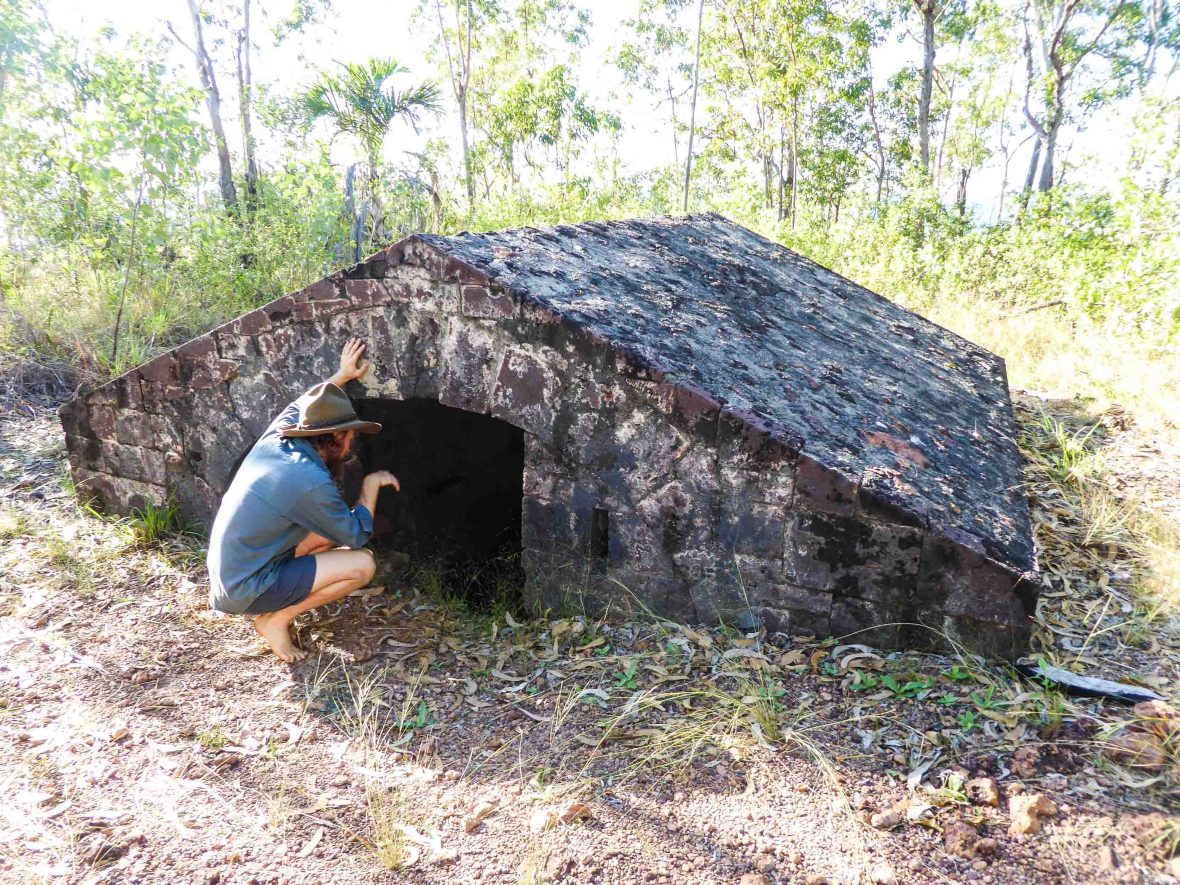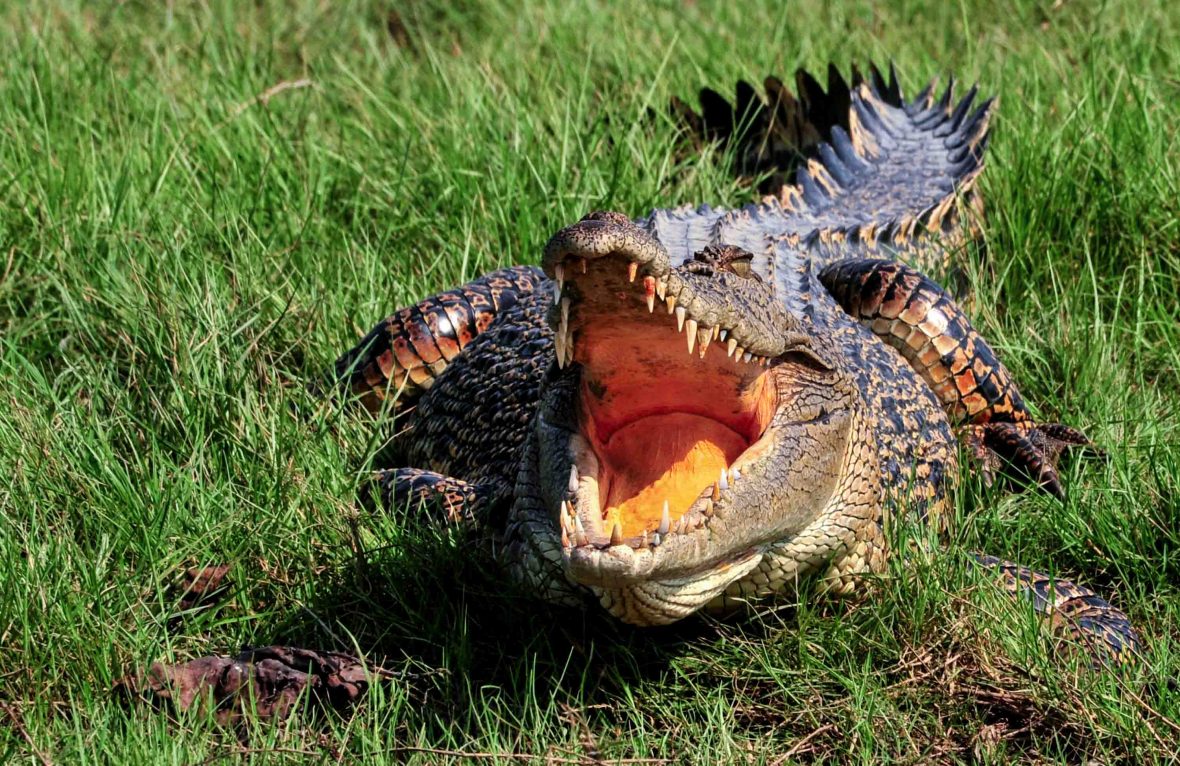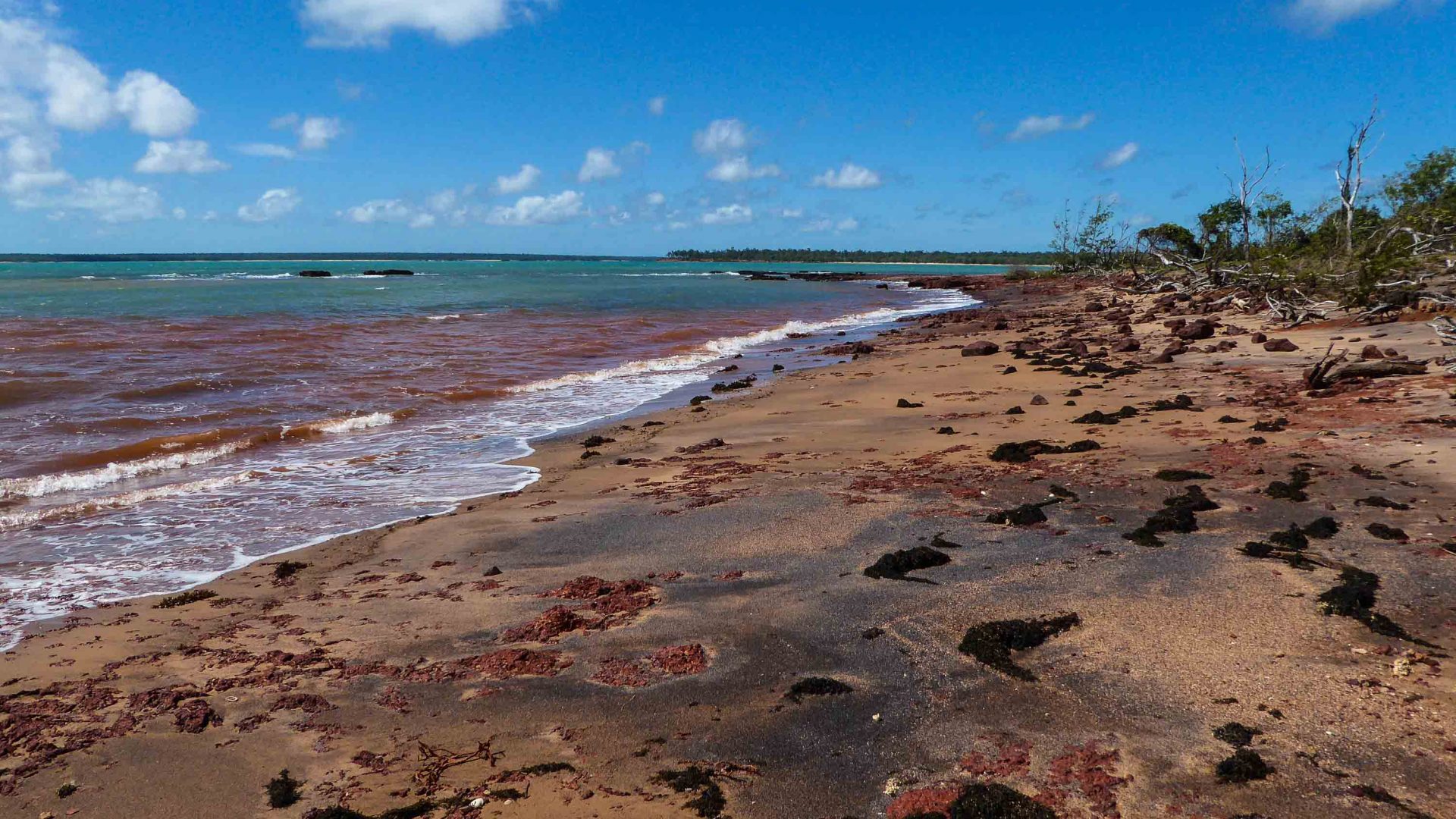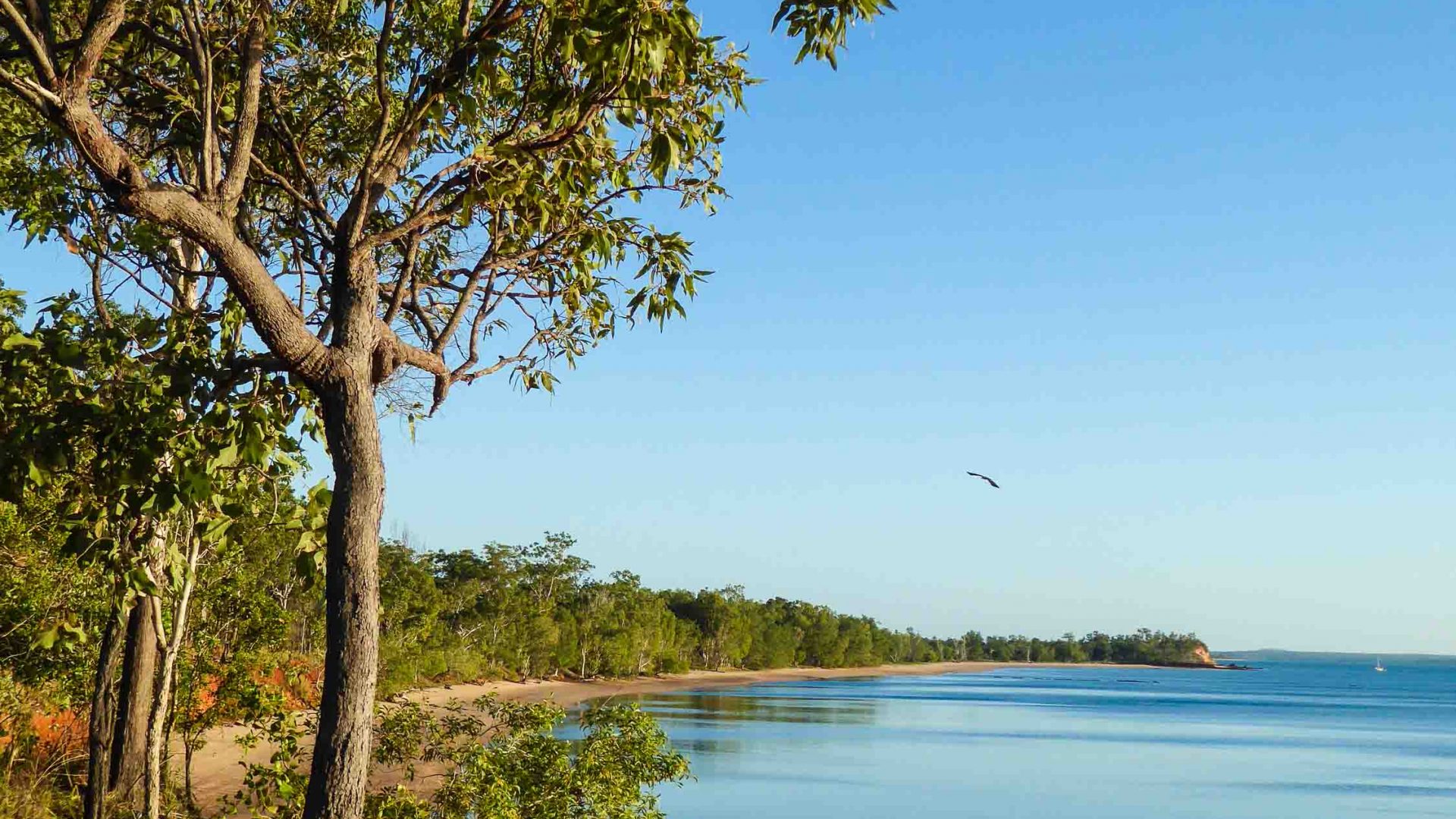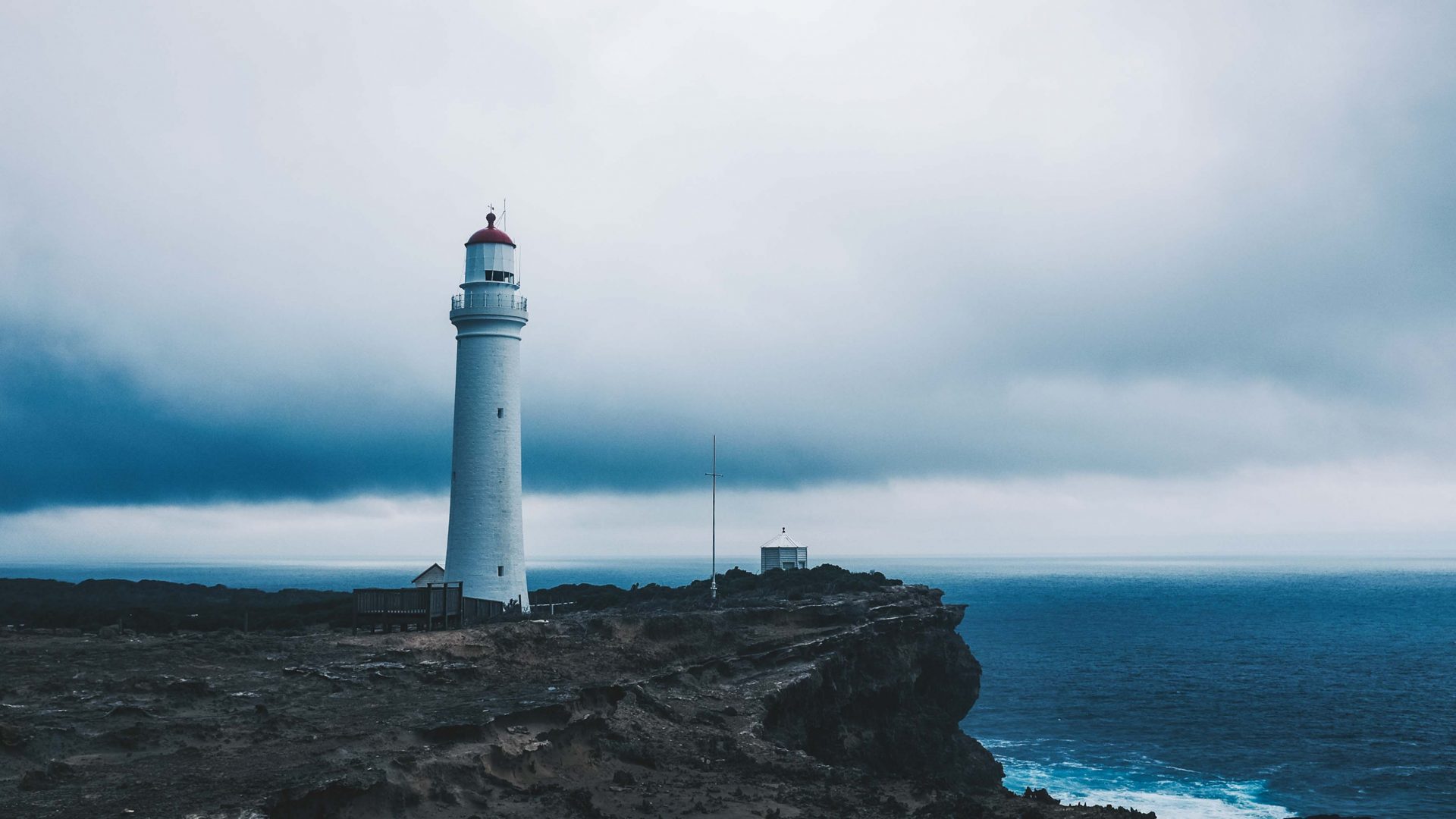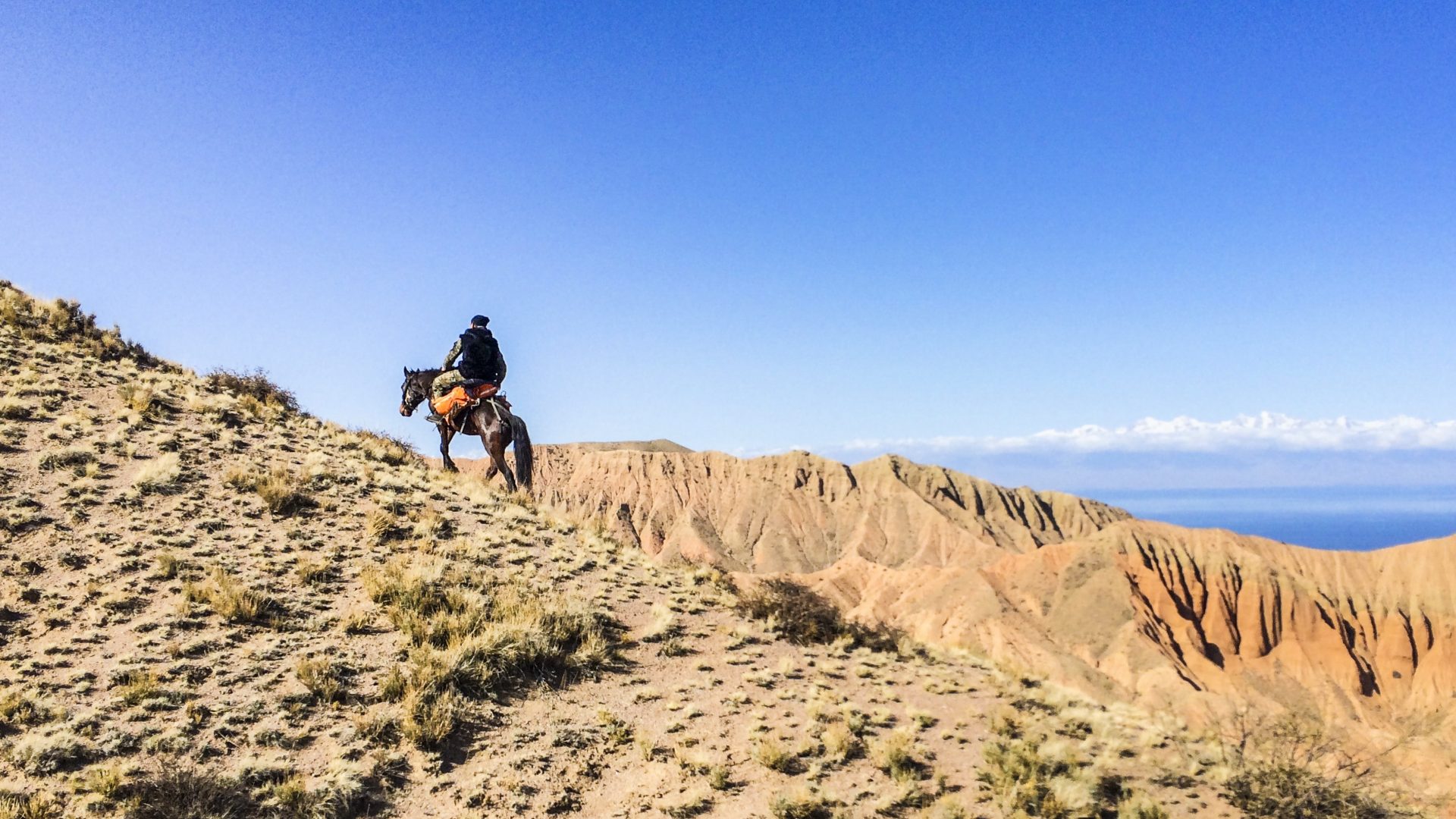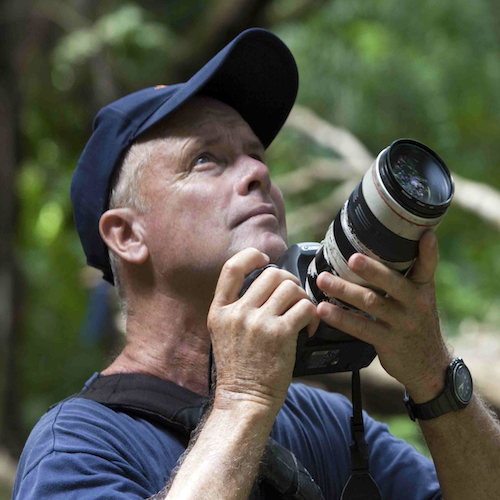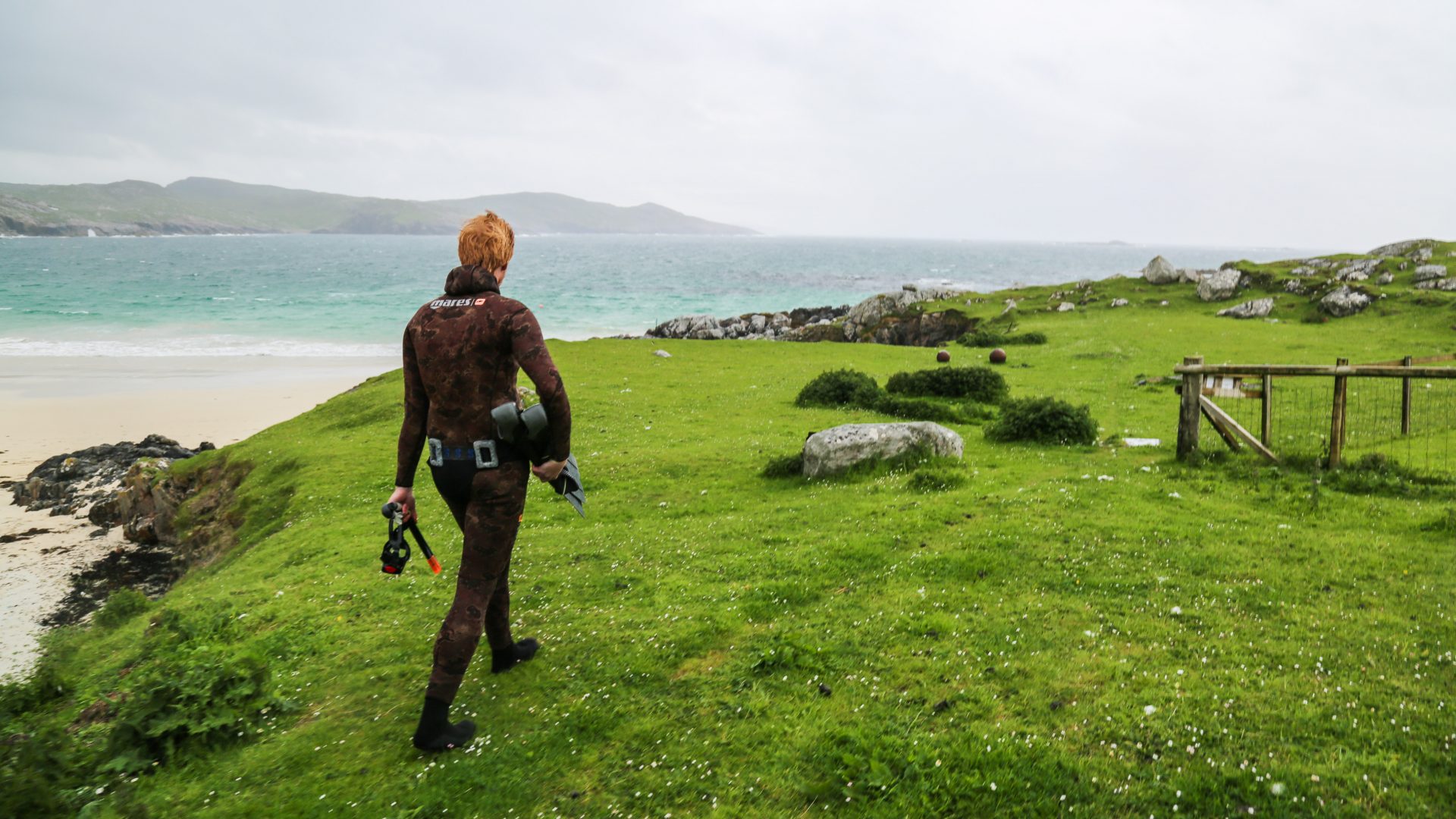Avoiding crocs and crossing creeks is part of the journey to the Cobourg Peninsula at the tip of Australia’s Northern Territory, where the land’s original owners, the Indigenous Arrarrkbi people, still protect these remote, rugged, precious wetlands.
“This is prime croc territory,” my guide Dave tells me. If we were standing back from the water’s edge, this wouldn’t be too much of a problem. But when you’re already in the water, this news isn’t entirely comforting.
Head up to the Cobourg Peninsula as the wet season turns to the dry, and you’re probably going to have to drive through a lot of water. The creeks and rivers that make Arnhem Land inaccessible for several months of the year are beginning to retreat, but they’re still very much flooding the roads. Driving through, even in a Landcruiser built to withstand all manner of rough treatment, is a rather nervy experience—especially when the water comes to just below the windows.
Getting there is a challenge in itself. It involves passing through Kakadu National Park, taking on Arnhem Land’s bogged, cracked and corrugated dirt roads, then veering towards the Arafura Sea at the Northern Territory’s most northerly extremity. Special permits are required to even attempt it, and, once there, it’s hardly surprising that the feeling of true wilderness kicks in almost instantly.
This is all routine for Dave McMahon, head guide of Venture North, which runs five-day trips up to a remote camp on the Peninsula. But ‘routine’ is a loose concept in these parts.
One day, it might involve grabbing a spear and hunting for mud crabs in the rock pools and keeping an eye out for any bull sharks that may want to intervene. Another, it might be heading out on the calm blue waters of Port Essington, trying to lure in a catch of giant trevally fish to cook up for dinner.
RELATED: Why we need to embrace Australia’s terrifying nature
Or it could be scuffling around in the mangroves for snails. “There are two types,” Dave says, emerging with them in his hands. “The local Aboriginal people eat one, but not the other—which is still edible, just not as nice. As there’s food everywhere around here, you don’t have to eat the not-as-nice stuff.”
However, it’s not always been the case that newcomers have listened to the long-standing inhabitants. And this is most vividly exposed on the shores of Port Essington, where a series of abandoned stone ruins stand.
The buildings are stout, chunky, and entirely unsuited to the local climate. But for the Cornish stonemasons who built them, that’s what they knew. The remnants have a mini Machu Picchu feel; it’s like stumbling across a long-lost city from an unknown civilization.
RELATED: What I learned on a 300km walk in the Australian desert
These monuments to the past belong, though, to the Victoria Settlement. This was an early—and utterly disastrous—attempt by the British to stake a claim to Australia’s wild north. Founded in 1838 and eventually abandoned in 1849, almost everything that could go wrong did go wrong. Cyclones, rampant malaria, and missing supply ships ravaged the settlers. Every child died, and many of the parents too. The largest ruins belong to the hospital—the most moving to the graveyard and the most telling are those filled with piles of empty grog bottles. Drinking, it seems, was the answer, when there was little alternative solace.
And it’s not just the birds that hang out here. The wetlands nuzzle up to the north-facing beaches where turtles lay their eggs. Come at night and trek along the sand, and there’s good odds of seeing a heroic mama turtle shovelling away to protect the eggs she’s just exhausted herself laying.
Worse may await when she returns to the sea. Out of the Landcruiser window, there seems to be a long, thin log. But the long, thin log moves. “That’s a 4.5-meter croc,” says Dave. “I’ve seen him a lot round here. He’s not alone, either. And that, folks, is why we don’t go for a swim.”
Shortly, Dave pulls over by a pool. There’s a giant slide mark outside it that could only have been made by something very big. It doesn’t take much brain power to work out the pool belongs to the prehistoric monster out in the sea, the turtle-hunter.
On this hot, sticky bulge of distant, northern Australia, it’s hard not to feel that the territory doesn’t belong to those of us juddering along its rudimentary tracks. Every minute feels like one of ginger, if awestruck, intrusion. You are just about tolerated, but always watched. Here, the rhythms of nature hold sway over the whims of man.


